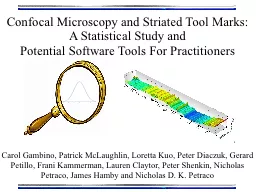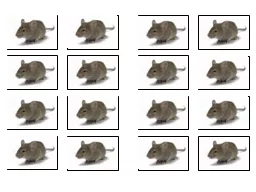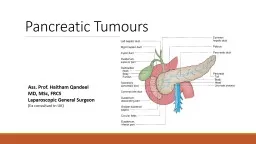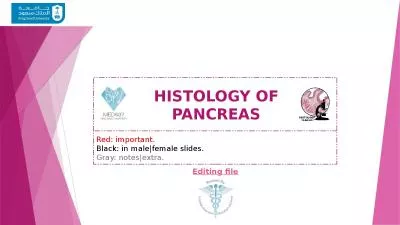PDF-Mouse pancreatic islet imaged with confocal microscopy This image rev
Author : anderson | Published Date : 2022-08-16
THE BETA CELL Adult Mouse Cells Reprogrammed To Become InsulinProducing Cells Demonstration that Beta Cell Mass Is Dynamically Regulated Insulin As Beta Cell Growth
Presentation Embed Code
Download Presentation
Download Presentation The PPT/PDF document "Mouse pancreatic islet imaged with confo..." is the property of its rightful owner. Permission is granted to download and print the materials on this website for personal, non-commercial use only, and to display it on your personal computer provided you do not modify the materials and that you retain all copyright notices contained in the materials. By downloading content from our website, you accept the terms of this agreement.
Mouse pancreatic islet imaged with confocal microscopy This image rev: Transcript
Download Rules Of Document
"Mouse pancreatic islet imaged with confocal microscopy This image rev"The content belongs to its owner. You may download and print it for personal use, without modification, and keep all copyright notices. By downloading, you agree to these terms.
Related Documents














